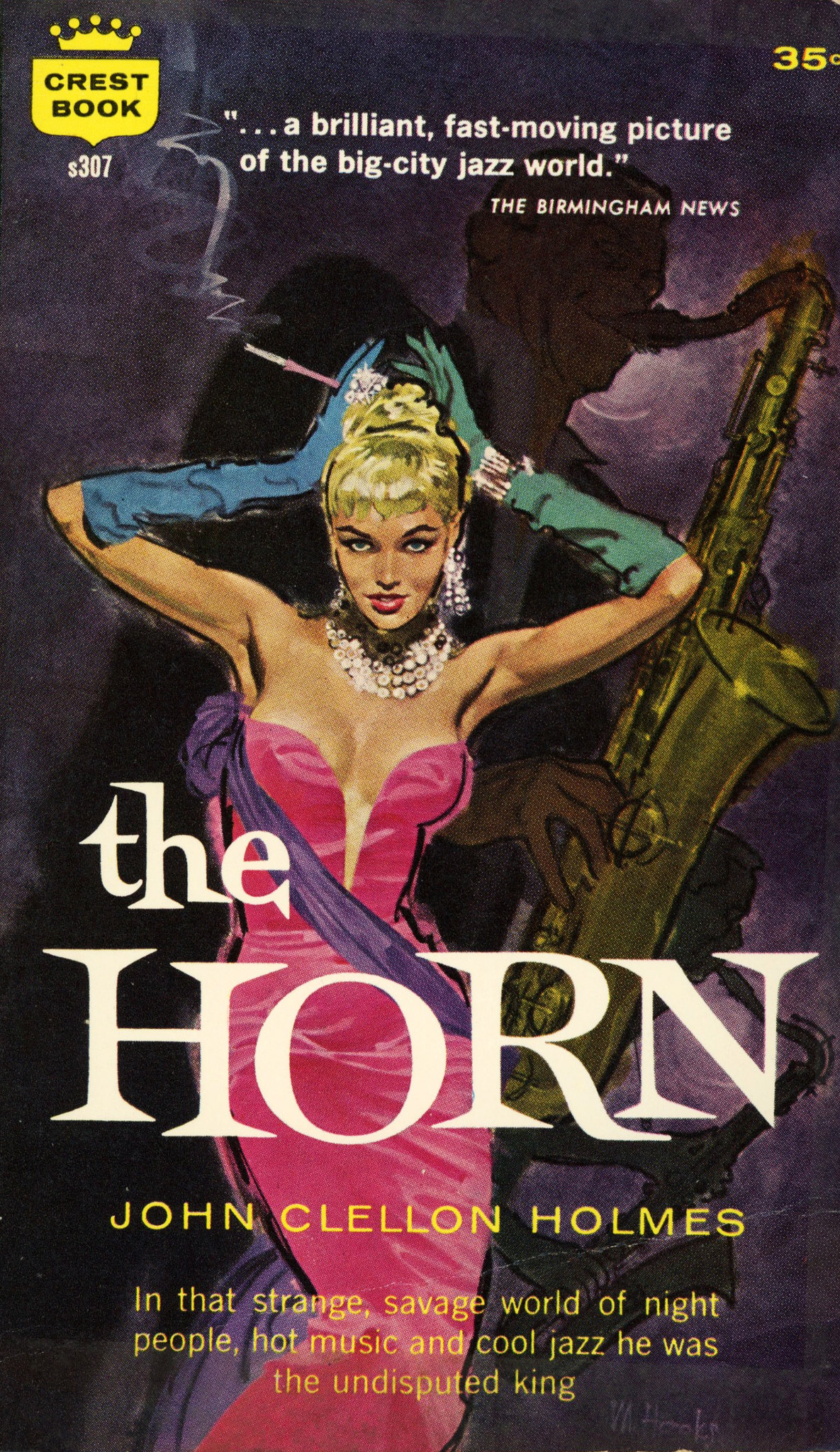A few online reviews of this session tend to give it short shrift -- recording quality not all that great, playing competent but uninspired.
They couldn't be more wrong.
Not every album is Kind of Blue, nor would you expect that. Actually, Kind of Blue couldn't have been made at Prestige, with its unrehearsed, jam session philosophy. But Prestige gave us real candid snapshots of the time, and this session, recorded live in a St. Louis nightclub, is the real thing. This is jazz in 1952, a piece of living history, jazz as it was, and played by working musicians in small clubs in the Midwest, music that came out of the legacy of the territorial bands of the 20s and 30s, the nighttime wail of America that John Clellon Holmes captured so vividly in The Horn, still the greatest jazz novel.
They couldn't be more wrong.
Not every album is Kind of Blue, nor would you expect that. Actually, Kind of Blue couldn't have been made at Prestige, with its unrehearsed, jam session philosophy. But Prestige gave us real candid snapshots of the time, and this session, recorded live in a St. Louis nightclub, is the real thing. This is jazz in 1952, a piece of living history, jazz as it was, and played by working musicians in small clubs in the Midwest, music that came out of the legacy of the territorial bands of the 20s and 30s, the nighttime wail of America that John Clellon Holmes captured so vividly in The Horn, still the greatest jazz novel.
Jimmy Forrest had played with Ellington and would later play with Basie, but here he is on his home turf, in a little club called The Barrel in St. Louis, with home town musicians. And Miles Davis, but we'll get to that. Later that year he would write and record his one huge hit, to become an enduring rhythm and blues classic -- "Night Train," based on a riff by Duke
Ellington. Here he's playing bebop, and with essentially the same guys with whom he would record "Night Train" -- again, the worlds of bebop and rhythm and blues crossing in the American night.
Ellington. Here he's playing bebop, and with essentially the same guys with whom he would record "Night Train" -- again, the worlds of bebop and rhythm and blues crossing in the American night.
Trying to figure out what Miles was doing here. Not so strange, considering that he was from St. Louis, but by February of 1952 his self-imposed exile in the Midwest was over, and he was back in New York. Maybe the date given for Miles sitting in with Jimmy Forest at The Barrel is off? Or perhaps Miles's full-time recommitment to New York was a gradual process.
Anyway, here they are, in a club in St. Louis, playing for the people. Playing easily, but intensely, Jimmy Forrest's gutbucket blues balanced by Miles's lyricism and originality, not unlike Gene Ammons and Sonny Stitt. And sometimes they switch over, Forrest getting lyrical and
Miles getting down. Bebop and ballads. A honking rhythm and blues break by Forrest in the middle of J. J. Johnson's supercharged bebop composition "Wee Dot."
Miles getting down. Bebop and ballads. A honking rhythm and blues break by Forrest in the middle of J. J. Johnson's supercharged bebop composition "Wee Dot."
 They're playing in a club, for a club audience, not for a 78 RPM record for the jukeboxes, so they can trench out -- the songs run over five minutes, and up to ten minutes or so.
They're playing in a club, for a club audience, not for a 78 RPM record for the jukeboxes, so they can trench out -- the songs run over five minutes, and up to ten minutes or so.The first release of this session was on a 7800-series LP, which means a lot later, like around 1960, which means the date listed for the gig could be wrong.
Nothing on YouTube, but it's all on Spotify. Check it out. This is our music, from the heart of our America.
And check out this reminiscence of writing an arrangement for Jimmy Forrest, from the JazzWax blog.



No comments:
Post a Comment